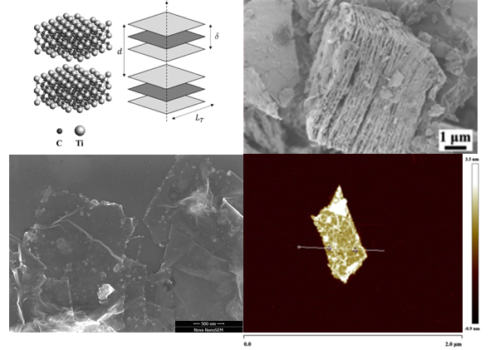Researchers at ANSTO are developing a new highly protective nano-material they believe will produce light-weight safety suits that are perfect for Australian firefighters.

The technology involves the use of super-thin nanosheets made from a new fire and heat-resistant non-organic compound, thermo-hydraulics specialist Professor Guan Heng Yeoh says.
The compound is created from titanium carbide and produces a lightweight coating which can be used in place of traditional fire protection measures.
A compound extracted from prawn shells, chitosan, is used to bind the nanomaterial together.
Professor Yeoh, who is also the Director of the ARC Training Centre for Fire Retardant Materials and Safety Technologies at UNSW, says fires suits made with traditional retardant use as much as 30 to 40 percent carbon compounds to achieve fire-retardant properties, which makes them heavy and cumbersome.
He says the process he and his research team is working on has the potential to revolutionise firefighting clothing and materials, and is ideal for Australian conditions where wearing existing fire suits in heat conditions can be a hazard.
“I work very closely with firefighters from NSW fire rescue and I know their uniforms are very heavy,” he told Government News.
“It made me think there must be a better uniform where firefighters can be more mobile and have less weight to drag around. That got me thinking if we can discover such a material, there’s really great potential to make the uniform much lighter.”

The material has so far been applied as a post-treatment on top of existing fire suits, but Professor Yeoh says it can potentially be used in the manufacture of new lightweight, highly protective equipment.
“Dehydration and fatigue can be fatal on the fire field. If we can avoid these, it will lead to better health, safety and decision-making, and most importantly it can save lives,” he says.
The coating can potentially be applied to any material, including buildings and vehicles, and Professor Yeoh hopes one day to be able to add an anti-microbial feature that could be used in PPE and other appliances against Covid-19.
He hopes the material will be commercially available in one to two years.





What are the opportunities for commercialising this material?